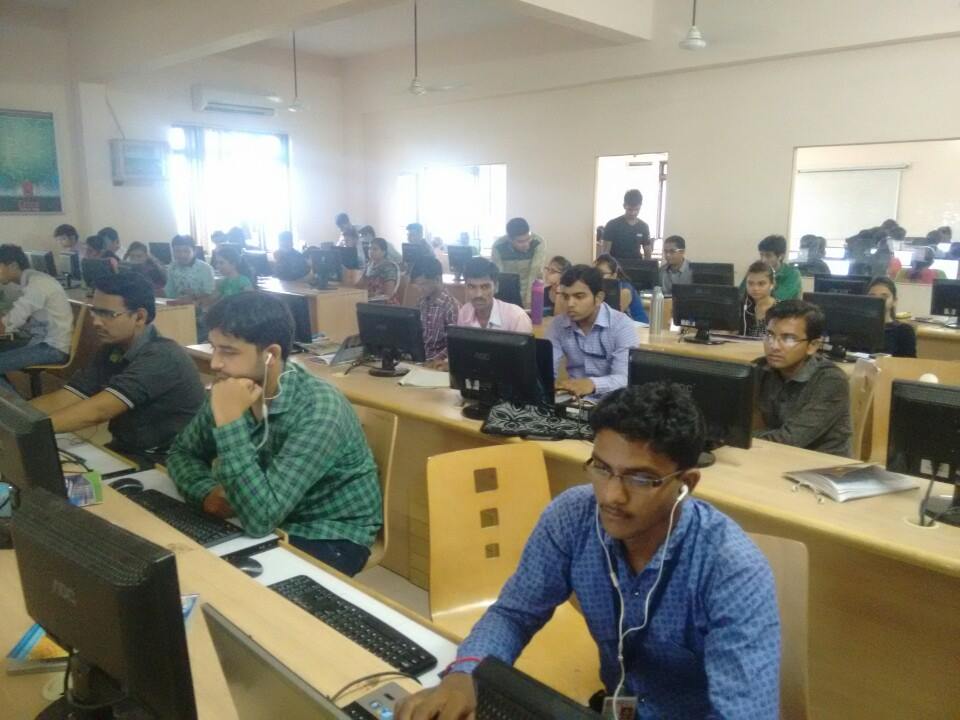OOPs (Object Oriented Programming System)
Object means a real word entity such as pen, chair, table etc. Object-Oriented Programming is a methodology or paradigm to design a program using classes and objects. It simplifies the software development and maintenance by providing some concepts:
- Object
- Class
- Inheritance
- Polymorphism
- Abstraction
- Encapsulation
Object
Any entity that has state and behavior is known as an object. For example: chair, pen, table, keyboard, bike,Car etc. It can be physical and logical.
Class
Collection of objects is called class. It is a logical entity class is also the name start with class.
class is a an Entity.exmple
public class vipul
{
}
Inheritance
When one object acquires all the properties and behaviours of parent objecti.e. known as inheritance. It provides code reusability. It is used to achieve runtime polymorphism.
Example
public class vipul
{
}
public class agravta extends vipul
{
}
Polymorphism
When one task is performed by different ways i.e. known as polymorphism. For example: to convense the customer differently, to draw something e.g. shape or rectangle etc.
In java, we use method overloading and method overriding to achieve polymorphism.
================overriding =======================
public class vipul
{
public void a(){
}
}
public class Agravat
{
public void a();
}
================overloading =======================
public class vipul
{
public void a(int a)
{
}
}
public class Agravat
{
public void a(int a,int b){
}
}
Abstraction
Hiding internal details and showing functionality is known as abstraction. For example: phone call, we don't know the internal processing.
In java, we use abstract class and interface to achieve abstraction.
abstraction class vipul
{
}
Encapsulation
Binding (or wrapping) code and data together into a single unit is known as encapsulation. For example: capsule, it is wrapped with different medicines.
A java class is the example of encapsulation. Java bean is the fully encapsulated class because all the data members are private here.

















